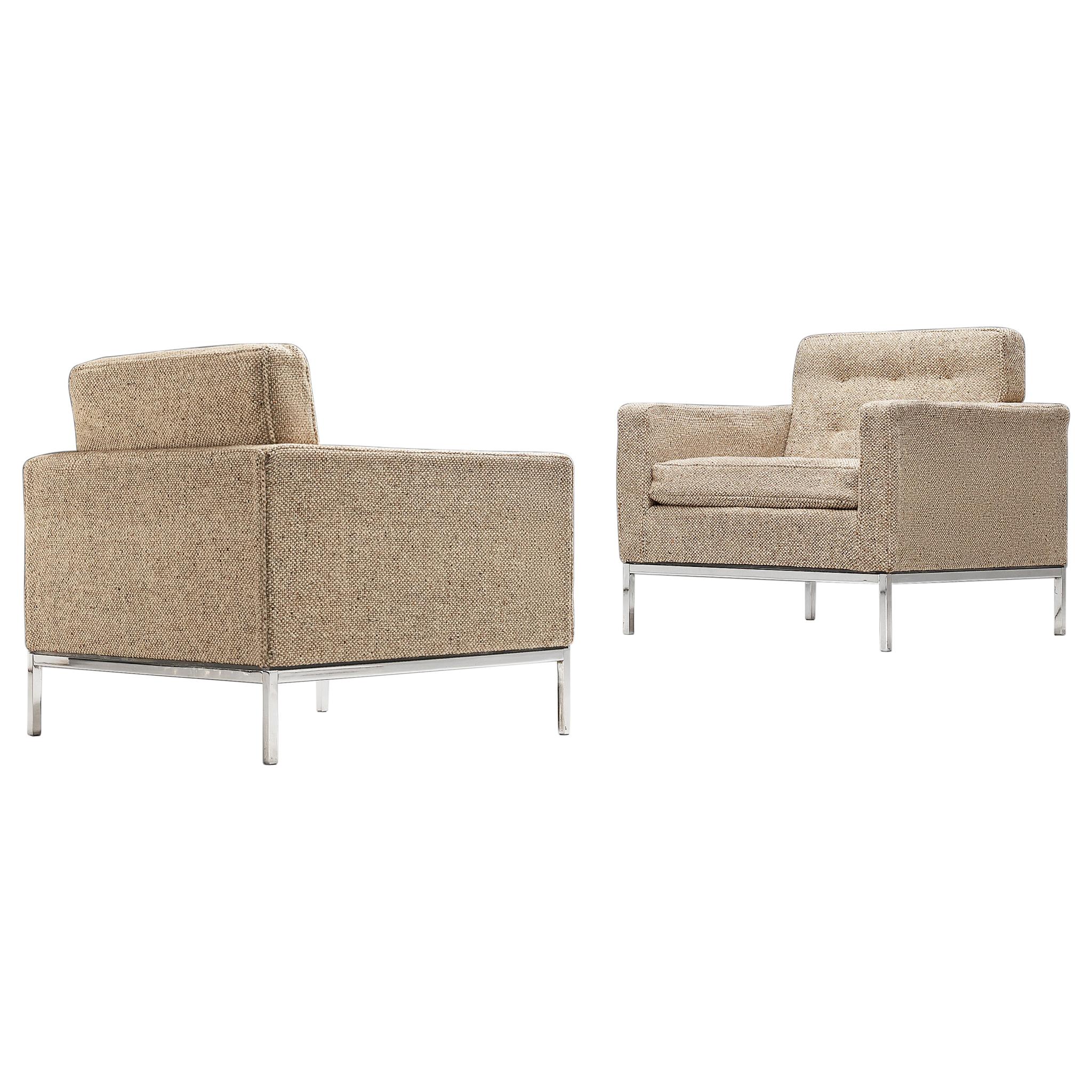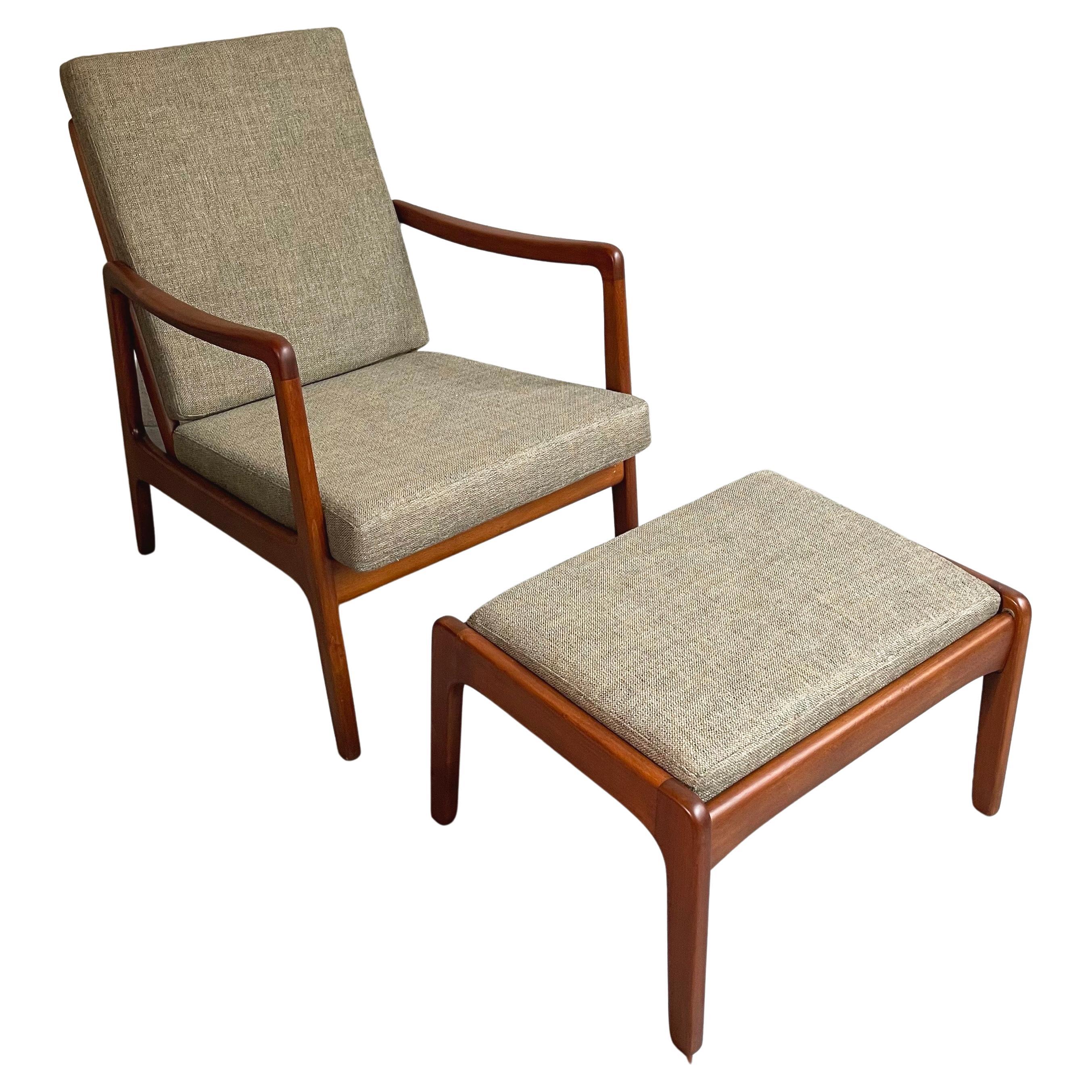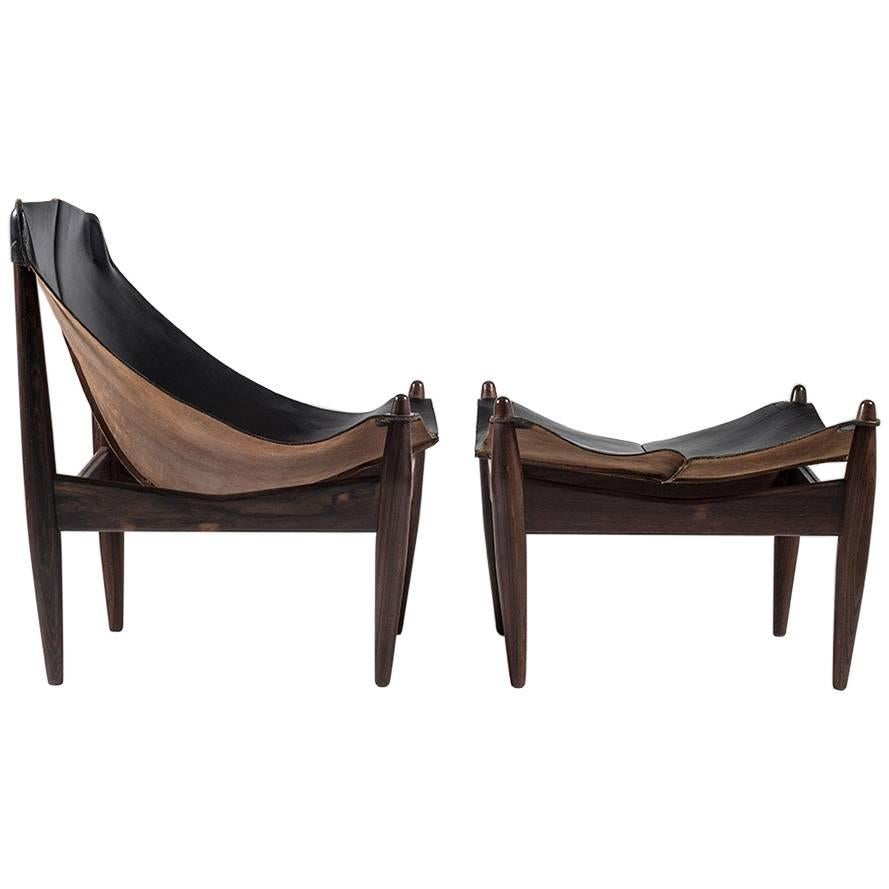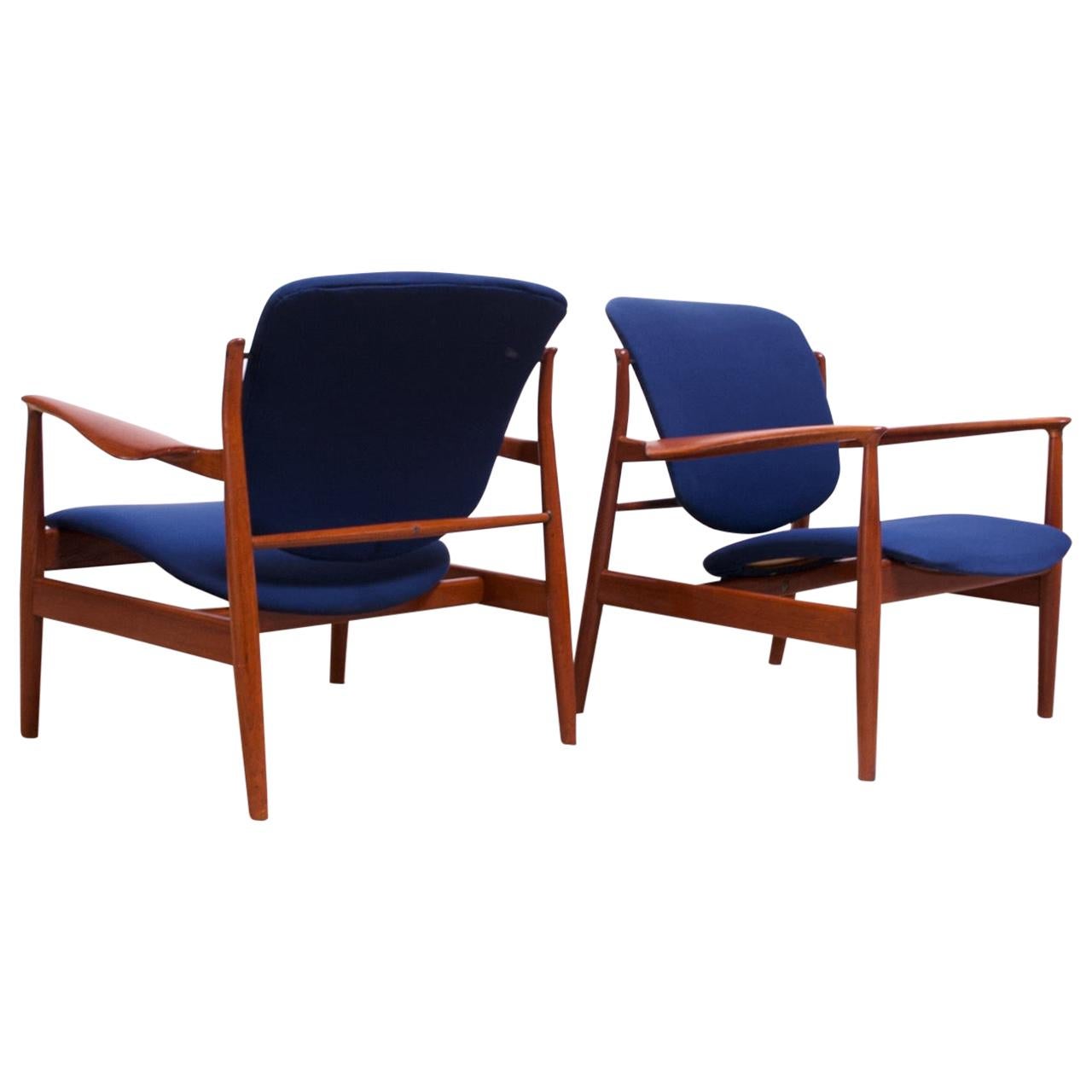Items Similar to Sofa Model “Ander”, Side Gallery Edition
Want more images or videos?
Request additional images or videos from the seller
1 of 7
Sofa Model “Ander”, Side Gallery Edition
About the Item
Sofa model “Ander”
Side Gallery edition
Manufactured by Side Gallery
Barcelona, 2018
Wood frame, linen upholstery
Measurements:
Armchair
78 cm x 114 cm x 75 H cm
30.70 in x 44.88 in x 29.52 H in
Stool
72 cm diameter x 50 height cm
28.34 in diameter x 19.68 height in
Details:
Customizable upon request for colors and dimensions.
- Creator:Side Gallery (Designer)
- Dimensions:Height: 29.53 in (75 cm)Width: 44.89 in (114 cm)Depth: 30.71 in (78 cm)
- Sold As:Set of 2
- Materials and Techniques:
- Place of Origin:
- Period:
- Date of Manufacture:2018
- Production Type:New & Custom(Current Production)
- Estimated Production Time:2-3 weeks
- Condition:
- Seller Location:Barcelona, ES
- Reference Number:1stDibs: LU2374315748562
About the Seller
5.0
Vetted Seller
These experienced sellers undergo a comprehensive evaluation by our team of in-house experts.
Established in 2015
1stDibs seller since 2016
92 sales on 1stDibs
Typical response time: 4 hours
- ShippingRetrieving quote...Ships From: Barcelona, Spain
- Return PolicyA return for this item may be initiated within 2 days of delivery.
More From This SellerView All
- Achille Castiglioni, Armchair Model “Primate”, 1970By Achille CastiglioniLocated in Barcelona, ESAchille Castiglioni (1918-2002) Armchair model “Primate” Manufactured by Zanotta Italy, 1970 Leather, steel, resin base Measurements 45 cm x 47 cm x 79h cm 17.71 in x 18.5...Category
Vintage 1970s Italian Armchairs
MaterialsSteel
- Jose Zanine Caldas Pair of Mid-century modern BrazilianArmchairs Model "H"By José Zanine CaldasLocated in Barcelona, ESJOSE ZANINE DE CALDAS (1919-2001). Pair of armchairs model “H.” Manufactured by Moveis Artísticos Z. Brazil, 1949. Marine plywood, fabric upholstery. Measuremenents 58 cm x 50 cm x 80 H cm. Literature: Habitat, nº9, Sao Paulo 1952. José Zanine Caldas (Belmonte, Bahia, 1918 - Vitória, Espírito Santo, 2001) was an architect and designer. Caldas stands out on the national architecture in Brazil for his exploration of the constructive qualities of Brazilian woods, defining his work with a warm rustic ambience, working on both high-end residential projects and also popular constructions. Never actually training as an architect, he starting working in the 1940s as a designer at Severo & Villares and as a member of the National Artistic Historical Heritage Service (Sphan). He opens a maquet studio in Rio de Janeiro, where he worked between 1941 and 1948, and, at the suggestion of Oswaldo Bratke (1907-1997), moved the studio to São Paulo, from 1949 to 1955. The studio served important modern architects of the two cities, and was responsible for most of the models presented in the book Modern Architecture in Brazil, 1956, by Henrique E. Mindlin (1911-1971).. During the 1940s, he also began developing and researching at the Institute of Technological Research of the University of São Paulo (IPT/USP), and was first introduced to plywood. In 1949, he founded the Fábrica Móveis Artísticos Z, with the objective of producing large-scale industrialized furniture, good quaility and afforable, the furniture was to be materialized using plywood sheets. This method minimized material waste and the need for artisan skills, as the parts were mechanically produced and the use of labor was only needed for the assembling of the furniture. His time at Móveis Artísticos Z, in 1953 was rather short lived and left the company in 1953 and instead worked on landscape projects until 1958 in São Paulo, when he moved to Brasília, where he built his first house, also in 1958, and coordinated the construction of others until 1964. Appointed by Rocha Miranda to Darcy Ribeiro (1922-1997), he joined the University of Brasília (UnB) in 1962 and taught modeling classes until 1964, when he lost his position due to the military coup. He set off and travelled through Latin America and Africa, an experience that had a remarkable effect on his work. On return to Brazil he built his second house, the first of a series of projects in the Joatinga region of Rio de Janeiro. In 1968, he moved to Nova Viçosa, Bahia, and opened a workshop, which ran up until 1980. His experience in the Bahian city was shaped by his renewed love and contact with nature, and he began working closely with environmentalists. In one of these collaborations, he participated in the project of an environmental reserve with the artist Frans Krajcberg (1921-2017) for whom he also designed a studio in 1971. The furniture he designed during this period, is reflective of his ecological sensitivity, his works were constructed with crude logs of wood, whose twisted lines inspire his drawings. It is also in Nova Viçosa that the architect builds the Casa dos Triângulos (1970) and casa da Beira do Rio (1970), in which he adopted a very artisanal construction system with typical woods of the region. According to the historian and architecture critic Roberto Conduru, Caldas' performance was relevant for the diffusion of environmental values in architectural projects: a "taste for the alternative and the rustic was disseminated throughout the Brazilian territory [...], encouraged by environmental preservation campaigns, by the wear and tear of the current models in reinforced concrete and by the re-emergence of the regionalist ideal in the international panorama"1. Between 1970 and 1978, he kept an office in Rio de Janeiro, where he returned in 1982. In 1975, the filmmaker Antonio Carlos da Fontoura made the film Arquitetura de Morar, about the houses of Joatinga, with a soundtrack by Tom Jobim (1927-1993), for whom Caldas designed a house. Two years later, the architect's work was exhibited at the Museum of Modern Art of Rio de Janeiro (MAM/RJ), at the São Paulo Museum of Art Assis Chateaubriand (Masp) in Belo Horizonte, and the following year at Solar do Unhão, in Salvador. Between 1980 and 1982 The Helium House Olga Jr was designed and built in São Paulo. Caldas outlined the plans for the construction sourcing the all the wood, the actual assembly of the house was carried out by the owner. The house, is defined by wooden structure that stands out from the fence walls, the clay tile roof of wide eaves and the demolition materials that give the building the feeling of rusticity, warmth and nostalgia. The house was similar to those built in the 1970s for Eurico Ficher and Pedro Valente, in Joatinga. In 1983, Calders founded the Center for the Development of Applications of The Woods of Brazil (DAM), and gave it to UnB in 1985. During this period, he proposed the creation of the Escola do Fazer, a teaching center focused on the use of wood for the construction of houses, furniture and utilitarian objects for the low-income population. Despite the fact that much of Calders early work was centered around building houses for the elite, in the 1980s the designer dedicates himself the DAM where he rigorously researches popular housing based on artisan construction processes and whereby the users participate in the construction process. At the Brasília unit, he developed prototypes of popular houses with eucalyptus logs as a structure and sealing in soil-cement, betting on an ideal of self-construction already tested at Casa do Nilo, in São Gonçalo, Rio de Janeiro. From that moment on, as occurred with his the furniture designs, Caldas adopts the use of crude wood logs rolled...Category
Mid-20th Century Brazilian Mid-Century Modern Armchairs
MaterialsPlywood, Velvet
- Pair of Pale Pink Italian Armchairs Part of Set Model “P-35” by Osvaldo BorsaniBy Osvaldo BorsaniLocated in Barcelona, ESOsvaldo Borsani, (1911-1985) Pair of armchairs part of set model “P-35” Manufactured by Arredamenti Borsani, Varedo Italy, 1951 Walnut with fabric upholstery A pair of pale pi...Category
Vintage 1950s Italian Mid-Century Modern Armchairs
MaterialsFabric, Walnut
- Armchair model “Capitello” by Studio 65By Studio 65Located in Barcelona, ESArmchair model “Capitello” Manufactured by Gufram Italy, 1970s Polyurethane Measurements 110 cm x 110 cm x 60h cm 43,3 in x 43,3 in x 23,6h in Literature Michael Collins. Towards Pos...Category
Vintage 1970s Italian Armchairs
MaterialsPolystyrene
- Muller Van Severen, Outdoor Lounge Chair Model "Wire S #6", Belgium, 2017By Muller Van SeverenLocated in Barcelona, ESMuller Van Severen Outdoor lounge chair model “Wire S #6” Manufactured by Muller Van Severen Produced for Side Gallery Powder coated stainless steel in deep red Measurements...Category
2010s Belgian Modern Lounge Chairs
MaterialsStainless Steel
- Muller Van Severen, Outdoor Lounge Chair Model "Wire S #5", Belgium, 2017By Muller Van SeverenLocated in Barcelona, ESMuller Van Severen Outdoor lounge chair model “Wire S #5” Manufactured by Muller Van Severen Produced for Side Gallery Powder coated stainless steel in deep red Measurements...Category
2010s Belgian Modern Lounge Chairs
MaterialsStainless Steel
You May Also Like
- Artifort Armchair Model '905' in Metal and Fabric UpholsteryBy ArtifortLocated in Waalwijk, NLArtifort, lounge chair model '905', metal, fabric upholstery, the Netherlands, design 1964 The Artifort '905' armchair was designed by the company in 1964. Although the design was c...Category
Vintage 1960s Dutch Modern Armchairs
MaterialsMetal, Chrome
- Ole Wanscher Model 109 Walnut Lounge Chair and OttomanBy John Stuart, France & Søn, Ole WanscherLocated in Brooklyn, NYScandinavian modern, lounge chair with ottoman by Ole Wanscher for France & Son distributed by John Stuart features a supple, walnut frame with ladder back and matching ottoman newly...Category
Mid-20th Century Danish Scandinavian Modern Armchairs
MaterialsFabric, Walnut
- Custom Made Model 54 Sheepskin Lounge Chair and OttomanLocated in London, EnglandDagmar Design - model 54 lounge chair & ottoman set The Model 54 chair & ottoman is from our custom-made upholstered range. This piece has been devel...Category
21st Century and Contemporary British Lounge Chairs
MaterialsSheepskin, Beech, Oak
- Oscar Niemeyer White Armchair and Ottoman "Brazilia ON1" ModelBy Oscar NiemeyerLocated in Saint Ouen, FROscar Niemeyer Fauteuil et ottoman modèle Brazilia ON1, couleur noir Édition mobilier international circa 1975 Très rare fauteuil et son ottoman modèl...Category
Vintage 1970s Brazilian Armchairs
MaterialsStainless Steel
- Scandinavian Easy Chair and Ottoman Model 272 Designed by Illum WikkelsøBy Illum Wikkelsø, A. Mikael LaursenLocated in Karlstad, SEVery rare easy chair and ottoman model 272 in rosewood and leather designed by Illum Wikkelsø. Beautifully designed chair in rosewood and black saddle leather. The solid rosewood le...Category
20th Century Danish Scandinavian Modern Armchairs
MaterialsRosewood, Leather
- Finn Juhl Teak Lounge Chairs Model FD-136 for France and DaverkosenBy Finn JuhlLocated in Brooklyn, NYPair of 1950s Danish modern lounge chairs (model FD 136) designed by Finn Juhl. Early examples produced by France & Daverkosen, the p...Category
Vintage 1950s Danish Mid-Century Modern Armchairs
MaterialsBrass
Recently Viewed
View AllMore Ways To Browse
H Gallery
Model 75
Model 72
Model 78
H Gallery Sofa
Spanish Wood Lounge Chairs
Velvet Armchairs Modern
Seating Casters
Vintage Furniture Upholstery Fabric
Pair Wood Frame Chairs
Retro Designer Armchairs
Seat Victorian
Black Italy Armchair
Upholstered Chairs With Arms
Wide Armchair
Armchair With Table
Armchair Red
Pair Wood And Fabric Chairs





